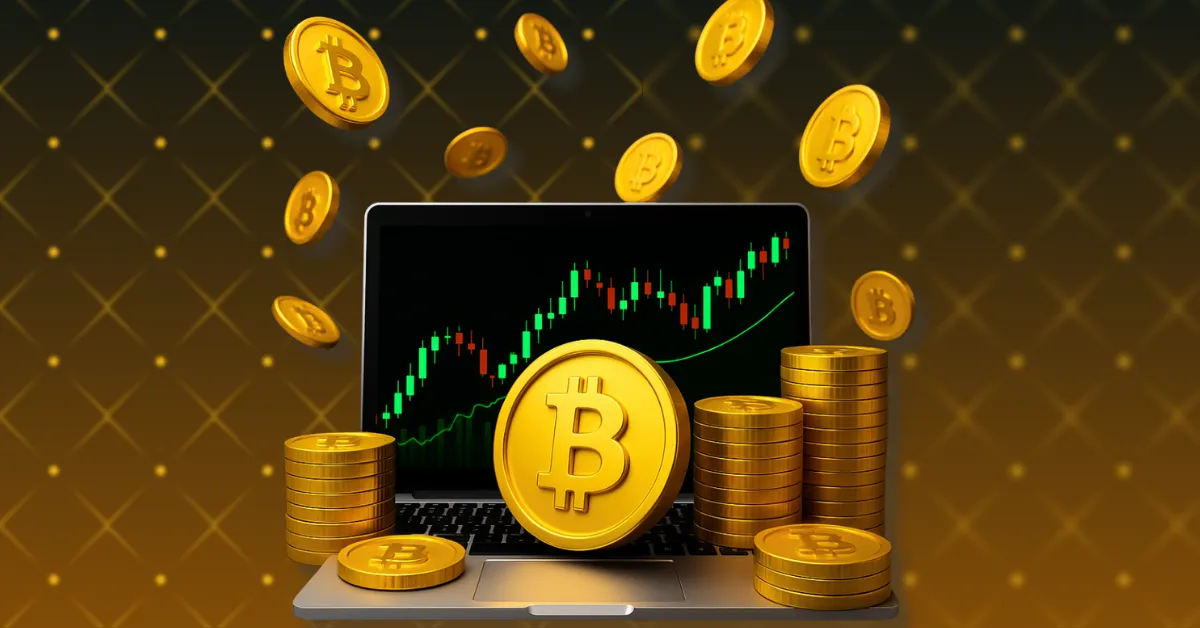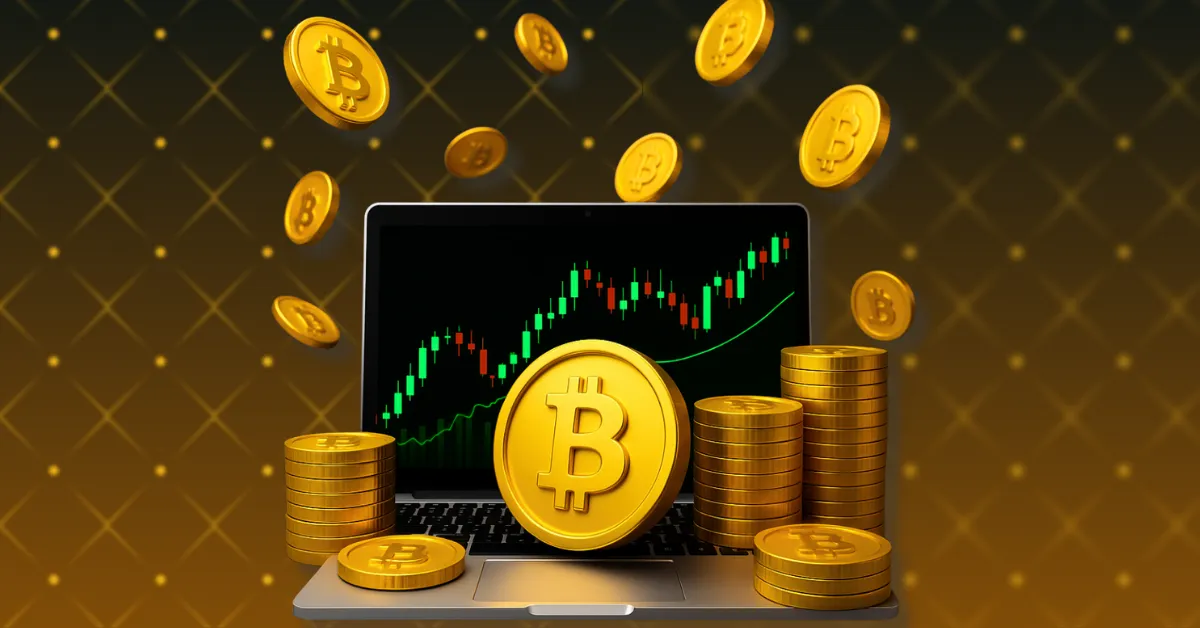The Approaching Altcoin ETF Era: A Detailed Analysis of Solana, Litecoin, and XRP’s Ascent
Introduction: The Dawn of a New Investment Frontier
The cryptocurrency market is on the brink of a monumental shift, with the impending approval of Exchange-Traded Funds (ETFs) for prominent altcoins. This development, anticipated by the second half of 2025, is set to redefine market dynamics, attract institutional capital, and solidify the role of cryptocurrencies in the global financial system. Solana (SOL), Litecoin (LTC), and XRP are at the forefront of this transformation, each offering unique value propositions that have captured the attention of regulators, investors, and financial institutions alike.
The Catalysts Driving the Altcoin ETF Surge
The optimism surrounding altcoin ETFs is fueled by a confluence of factors. The success of Bitcoin and Ethereum ETFs has demonstrated the market’s appetite for regulated crypto investment products, setting a precedent for subsequent approvals. Institutional interest in cryptocurrencies has surged, with major financial players seeking exposure to digital assets. Additionally, regulatory clarity has improved, creating a more favorable environment for altcoin ETFs.
A pivotal factor is the SEC’s potential classification of major altcoins like Litecoin, Solana, and XRP as commodities rather than securities. This classification would exempt them from stringent SEC oversight, aligning them with Bitcoin and Ethereum’s regulatory treatment and smoothing the path for ETF approval.
Solana (SOL): The High-Performance Blockchain ETF
Solana has emerged as a frontrunner in the altcoin ETF race, thanks to its high-speed, low-cost blockchain infrastructure. Its ability to process thousands of transactions per second, coupled with its vibrant ecosystem, has positioned it as a top contender.
Technological Advantages
Solana’s innovative architecture, including its Proof-of-History (PoH) consensus mechanism, enables it to achieve unparalleled transaction throughput. This technological edge makes it an attractive platform for developers building applications requiring speed and efficiency. Solana’s low transaction fees further enhance its appeal, making it a cost-effective choice for users and developers alike.
Ecosystem Growth
The Solana ecosystem has experienced explosive growth, with a surge in decentralized applications (dApps), DeFi projects, and NFT marketplaces. This robust ecosystem enhances Solana’s utility and strengthens its appeal as an investment asset. The growing number of projects built on Solana demonstrates its potential to disrupt various industries, from finance to gaming.
Market Sentiment
Solana has garnered significant attention from both retail and institutional investors, driven by its technological prowess and growing ecosystem. The potential approval of a Solana ETF is expected to further amplify its visibility and attract a new wave of investment. As more investors recognize Solana’s potential, its market sentiment continues to improve, positioning it as a strong candidate for ETF approval.
Litecoin (LTC): The Silver to Bitcoin’s Gold ETF
Litecoin, one of the earliest cryptocurrencies, has long been considered the “silver to Bitcoin’s gold.” Its focus on transaction speed and efficiency has made it a popular choice for everyday payments, positioning it as a strong contender for an ETF.
Proven Track Record
Litecoin has been in operation since 2011, demonstrating its resilience and longevity in the volatile cryptocurrency market. Its established track record provides a degree of stability and credibility that may appeal to cautious investors. Litecoin’s consistent performance over the years has earned it a reputation as a reliable investment asset.
Technological Similarities to Bitcoin
Litecoin shares many of the same technological underpinnings as Bitcoin, including its Proof-of-Work (PoW) consensus mechanism and its limited supply. This familiarity may make it easier for investors to understand and appreciate Litecoin’s value proposition. Additionally, Litecoin’s faster block confirmation times and lower transaction fees make it a more efficient choice for everyday transactions.
Increased Adoption
Litecoin has seen increased adoption as a payment method, with a growing number of merchants accepting it as a form of payment. This real-world utility enhances Litecoin’s appeal as an investment asset and strengthens its long-term prospects. The potential approval of a Litecoin ETF could further boost its adoption, making it a more accessible investment option for a wider range of investors.
XRP: Bridging Traditional Finance and Crypto ETF
XRP, the cryptocurrency associated with Ripple Labs, aims to facilitate faster and cheaper cross-border payments. Its focus on enterprise solutions and its partnerships with financial institutions have positioned it as a bridge between traditional finance and the crypto world.
Focus on Cross-Border Payments
XRP’s primary use case is to streamline cross-border payments, a market estimated to be worth trillions of dollars annually. Its ability to facilitate near-instantaneous and low-cost transactions has attracted the attention of financial institutions seeking to improve their payment infrastructure. XRP’s potential to disrupt the traditional remittance industry makes it a compelling investment opportunity.
Partnerships with Financial Institutions
Ripple Labs has forged partnerships with numerous financial institutions around the world, integrating XRP into their payment systems. These partnerships provide XRP with real-world utility and demonstrate its potential to disrupt the traditional finance industry. The growing number of financial institutions adopting XRP further strengthens its position as a viable investment asset.
Regulatory Clarity
XRP has faced regulatory challenges in the past, but recent developments suggest a potential path towards greater clarity. A favorable resolution of its legal battles could pave the way for increased adoption and the approval of an XRP ETF. As regulatory clarity improves, XRP’s potential as an investment asset becomes more apparent, making it an attractive option for investors seeking exposure to the crypto market.
The Potential Impact of Altcoin ETF Approvals
The approval of altcoin ETFs is expected to have a far-reaching impact on the cryptocurrency market, with several key benefits:
Increased Institutional Investment
ETFs provide a regulated and accessible investment vehicle for institutional investors who may have been hesitant to invest directly in cryptocurrencies. The availability of altcoin ETFs could unlock a significant influx of institutional capital into the crypto market, driving up demand and prices.
Enhanced Market Liquidity
ETFs can improve market liquidity by creating a more efficient price discovery mechanism and facilitating trading. Increased liquidity can reduce volatility and make it easier for investors to buy and sell altcoins. This enhanced liquidity can also attract more investors, further boosting market activity.
Greater Market Legitimacy
The approval of altcoin ETFs would further legitimize the crypto market, signaling that regulators are becoming more comfortable with digital assets. This could lead to increased mainstream adoption and greater public acceptance of cryptocurrencies. As more investors recognize the legitimacy of altcoin ETFs, the overall perception of the crypto market is likely to improve.
Broader Retail Investor Access
ETFs make it easier for retail investors to gain exposure to altcoins without having to navigate the complexities of setting up wallets and managing private keys. This can democratize access to the crypto market and empower a wider range of investors. By simplifying the investment process, altcoin ETFs can attract a more diverse investor base, further fueling market growth.
Challenges and Considerations
While the prospects for altcoin ETFs appear promising, several challenges and considerations remain:
Regulatory Hurdles
The SEC’s stance on cryptocurrency regulation remains uncertain, and there is no guarantee that all altcoin ETF applications will be approved. Regulatory delays or rejections could dampen market enthusiasm and slow down the adoption of altcoin ETFs. Investors should be prepared for potential regulatory setbacks and monitor developments closely.
Market Volatility
The cryptocurrency market is known for its volatility, and altcoins are generally more volatile than Bitcoin and Ethereum. Investors should be prepared for significant price swings and potential losses. Diversification and risk management strategies are essential for navigating the volatile crypto market.
Custody and Security
Ensuring the safe custody and security of the underlying altcoins is crucial for the success of ETFs. Robust security measures are necessary to prevent theft or loss of assets. ETF providers must implement stringent security protocols to protect investor funds and maintain market confidence.
Market Saturation
The launch of numerous altcoin ETFs could lead to market saturation and increased competition for investor capital. ETFs with strong value propositions and clear differentiation are more likely to succeed. Investors should carefully evaluate the unique features and benefits of each altcoin ETF before making investment decisions.
Conclusion: Embracing the Altcoin ETF Revolution
The potential arrival of altcoin ETFs represents a watershed moment for the cryptocurrency market. Solana, Litecoin, and XRP are leading the charge, poised to benefit from increased institutional investment, enhanced market liquidity, and greater market legitimacy. While challenges remain, the momentum behind altcoin ETFs is undeniable. As the crypto landscape continues to evolve, embracing this new era of regulated investment products will be essential for unlocking the full potential of digital assets.
A Future Forged in Funds
The Altcoin ETF Summer isn’t just a season; it’s a signal of a maturing market. By wrapping these digital assets in familiar financial products, the gatekeepers of Wall Street are indirectly acknowledging their potential. Whether this leads to widespread adoption or another cycle of boom and bust remains to be seen, but one thing is clear: the conversation around cryptocurrencies is no longer confined to the fringes of finance. It’s entering the mainstream, one ETF at a time.












